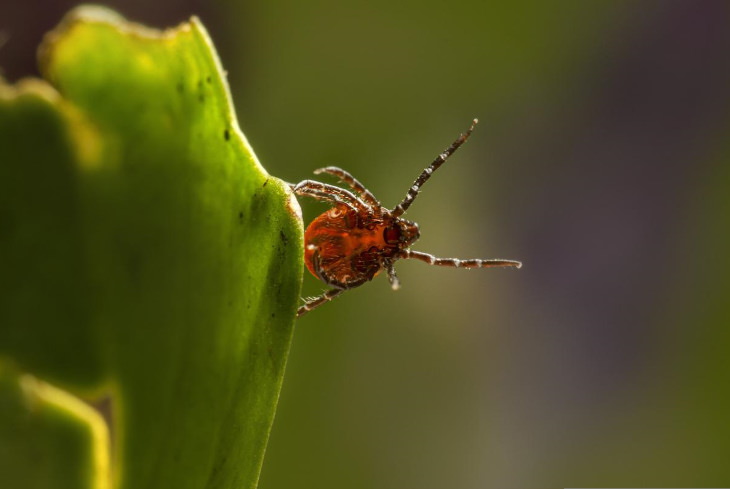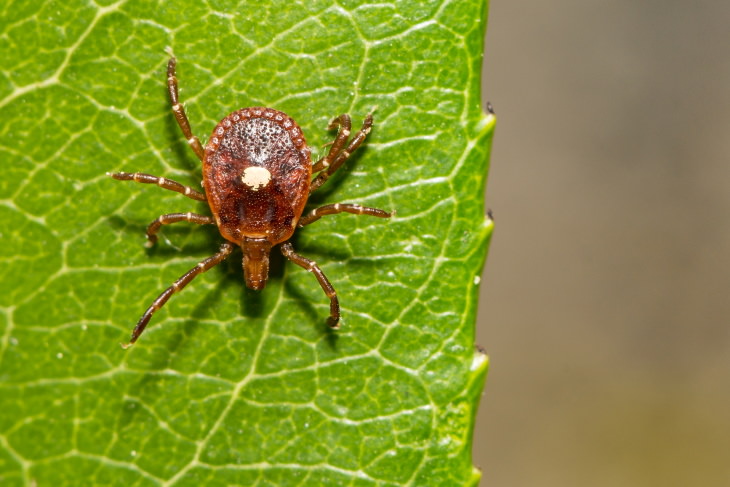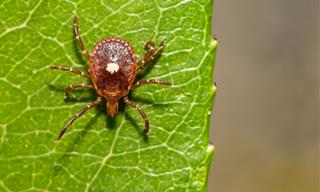Removing a tick is certainly a painful and unpleasant experience, but an even greater problem associated with these parasitic arachnids is the broad range of diseases they carry and spread. And that list of tick-borne illnesses is (sadly) expanding too. Joining the known army of tick-borne illnesses is a relatively new and poorly understood Heartland virus disease that is spread by the lone star tick (pictured below).
The Heartland virus is a serious infectious disease that most often requires hospitalization and can lead to death. First detected in 2009, the virus was named after the Heartland Regional Medical Center where the first two patients were diagnosed with the disease. Since then, over 50 cases of the disease have been reported across 11 states in the US: Illinois, North Carolina, Arkansas, Missouri, Indiana, Kansas, Georgia, Iowa, Kentucky, Oklahoma, and Tennessee.
Like most tick diseases, a Heartland virus infection begins with flulike symptoms like chills, a headache, diarrhea, and high fever. Symptoms typically develop within 2 weeks after the bite. Patients also present with low numbers of white blood cells and platelets. Sadly, there is no treatment for the disease, but hospitalization is necessary to reduce the risk of serious complications and death.
Compared to other tick diseases like Lyme disease or Babesiosis, very little is known about the Heartland virus, which is why medical researchers are collecting ticks and trying to learn more about this illness.
A 2022 study published in the journal Emerging Infectious Diseases reports that the Heartland virus has recently spread across several states in the Midwest and Southeast of the US. The joint research project from Emory University and the University of Georgia collected and tested 10,000 ticks in Georgia and detected the dangerous virus in 1 of every 2,000 tick specimens.

The lone star tick that carries the Heartland virus can be identified by a single white dot on its back, and it can also spread other dangerous viruses and bacteria, such as the Bourbon virus. Like the black-legged tick that can harbor Lyme disease, lone star ticks can also be found in deer and other wild animals.
All in all, the research shows that the Heartland virus is most likely more widespread than previously estimated, which is why experts warn to take extra precautions during tick season - typically between April and September. Such basic precautions are simple: cover your head, arms, and legs completely when you do gardening or take a walk in nature. Avoid walking among tall grass and bushes yourself and steer kids and pets away from forested areas. And last but not least, examine your skin for ticks after every walk. We wish you to stay safe this summer.
Not sure how to protect yourself from ticks and the illnesses they carry? Refer to the following guides:
 Go to BabaMail
Go to BabaMail



















































